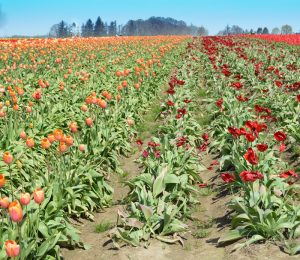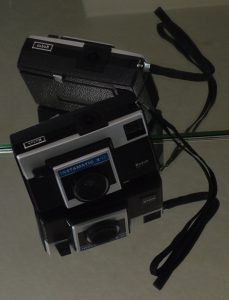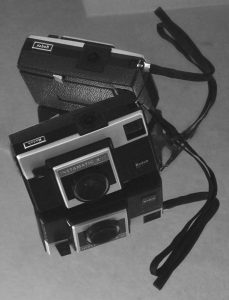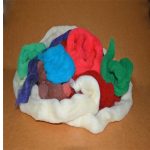 It is possible to get too caught up in the final goal – enjoy the journey and make something for the sake of making it!
It is possible to get too caught up in the final goal – enjoy the journey and make something for the sake of making it!
From this stash of fiber . . .
Introducing . . . Wool Kitty!
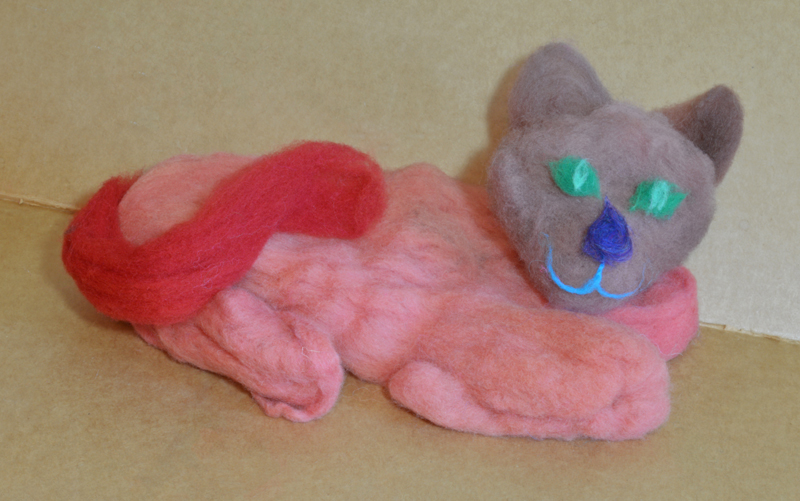 Wool Kitty is ready for a nap on the Dressmakers cardboard!
Wool Kitty is ready for a nap on the Dressmakers cardboard!
Admittedly, not an overly daring color combination, but this collection of colors probably wouldn’t have happened without this stage of making the fiber into an image before carding.
The figure is held together with hairpins so it is easily taken apart. Since it was created only for the photograph we didn’t get overly attached! Spontaneous creativity is like a vacation from deadlines (even self-imposed ones).
The fibers that went into the making of “Wool Kitty”:
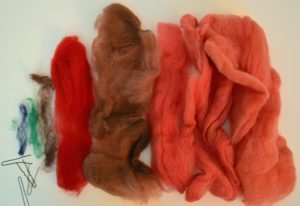
Since the fibers were compacted from long storage, a little carding set everything up for choosing the arrangement for the final yarn. What order would you imagine using?
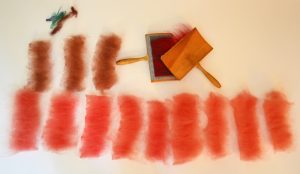
The recipe:
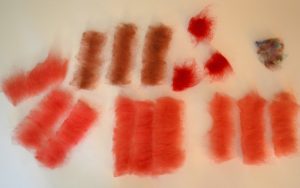
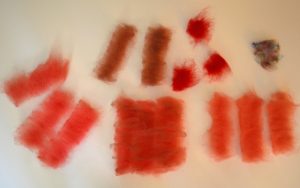
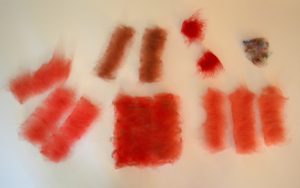
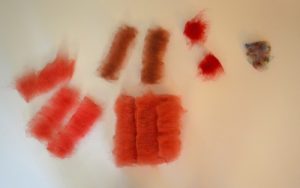
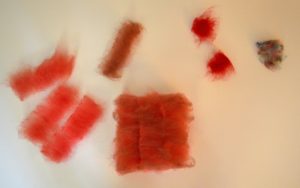
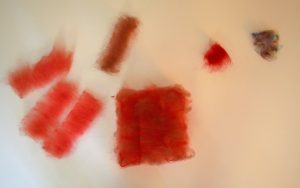
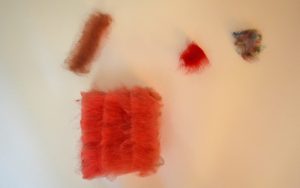
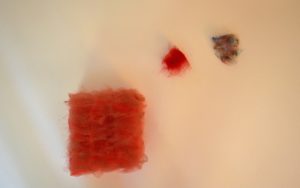
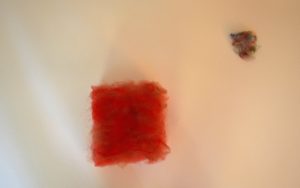

Side view of fiber stack: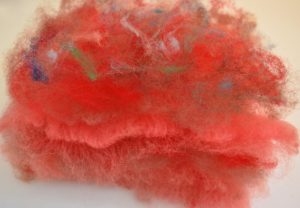
Dividing the stack to elongate it: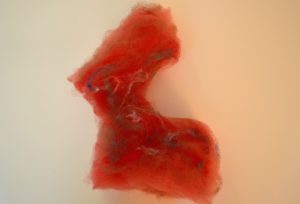
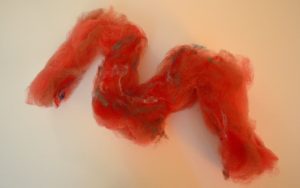
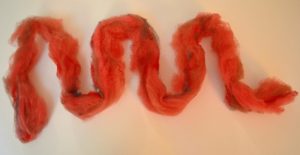
Then we changed our minds and wanted the colors more blended. Allowing yourself the opportunity to change your mind can be a rewarding part of this exercise!
More carding!
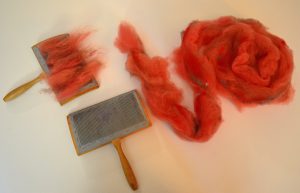
Carded rolags ready for spinning!

Or, another way to look at it:
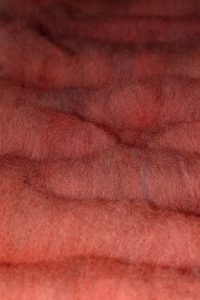
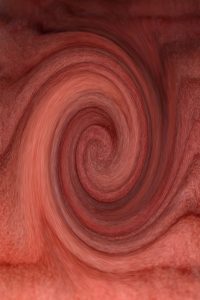
Carded rolags waiting to spin!
As the spinning progressed, the yarn took on a new look and personality. “Wool Kitty” transformed into “Firescale”! Playing with new titles is also a creative activity.
 Working title: “Firescale”, single ply yarn spun on a low whorl drop spindle
Working title: “Firescale”, single ply yarn spun on a low whorl drop spindle
Finished skein, the colors zones are more muted as they are recombined in plying.

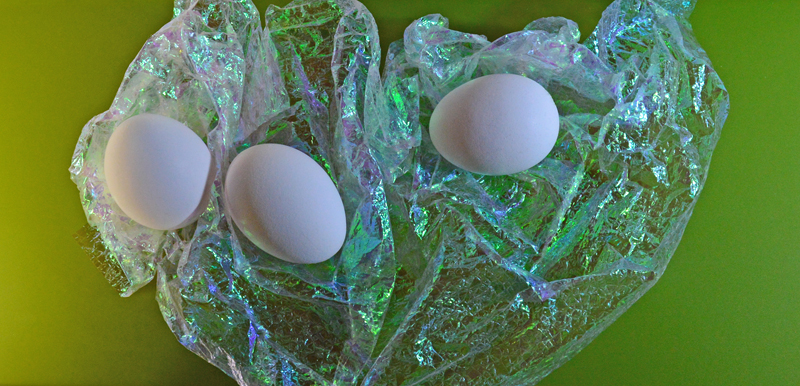

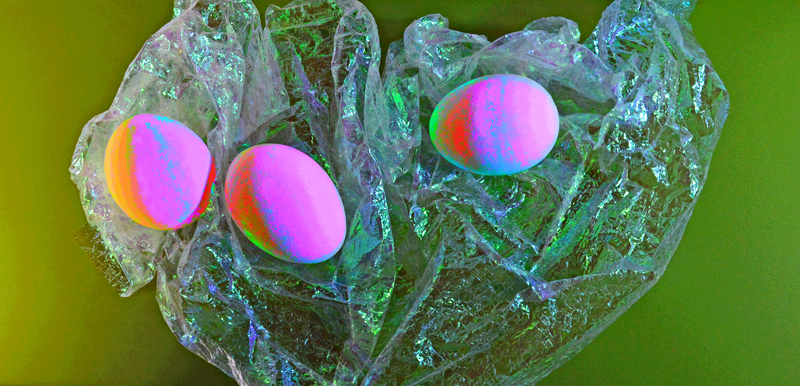
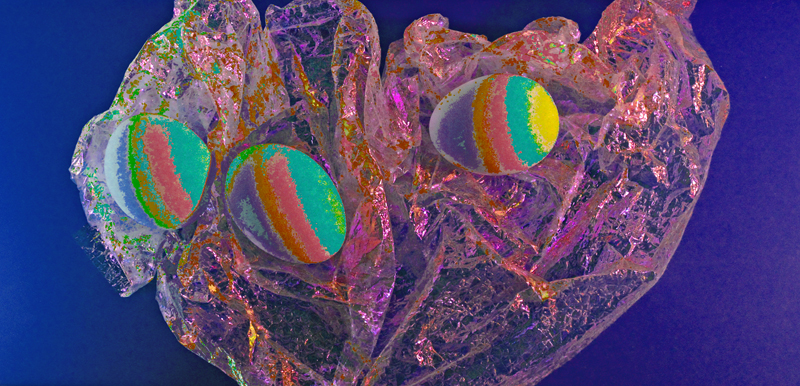
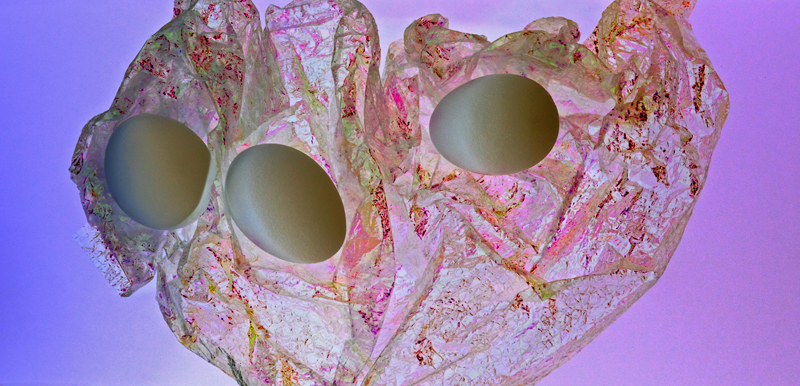
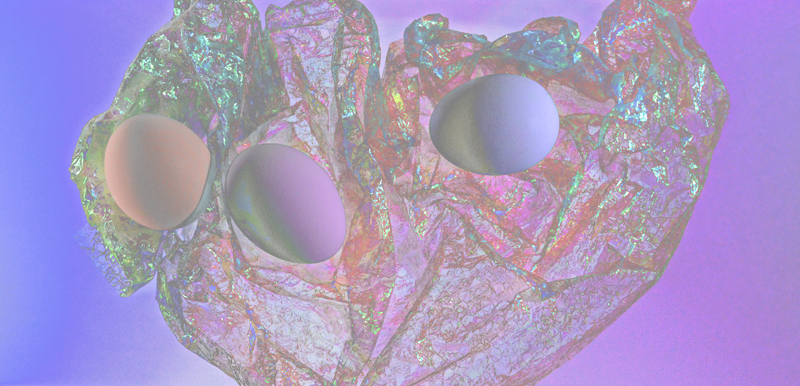

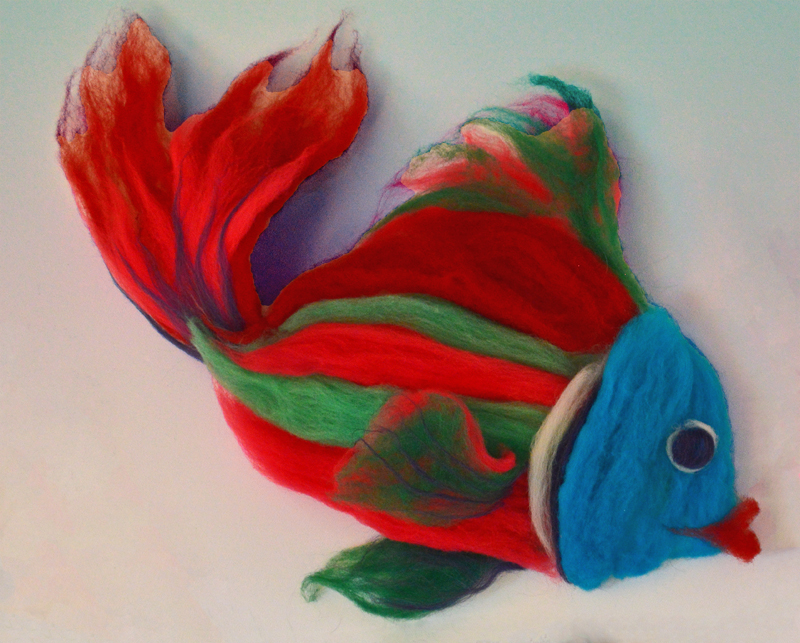
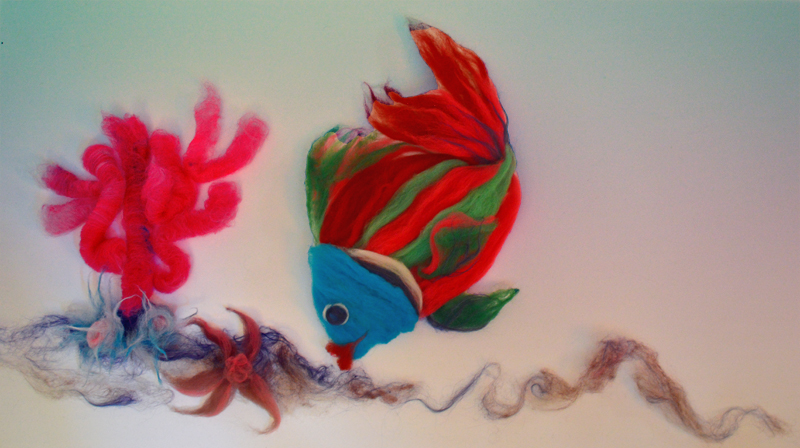
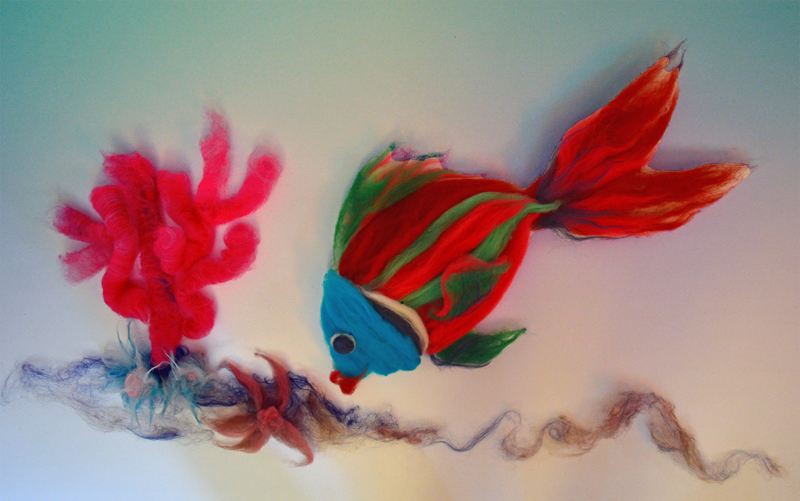
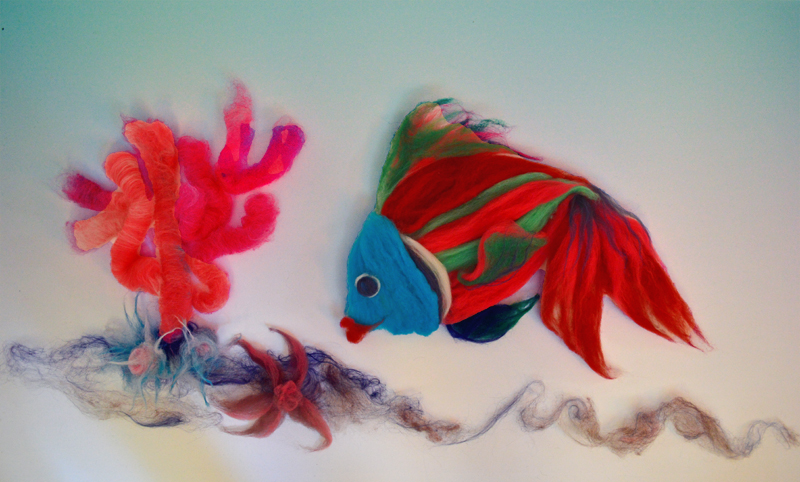
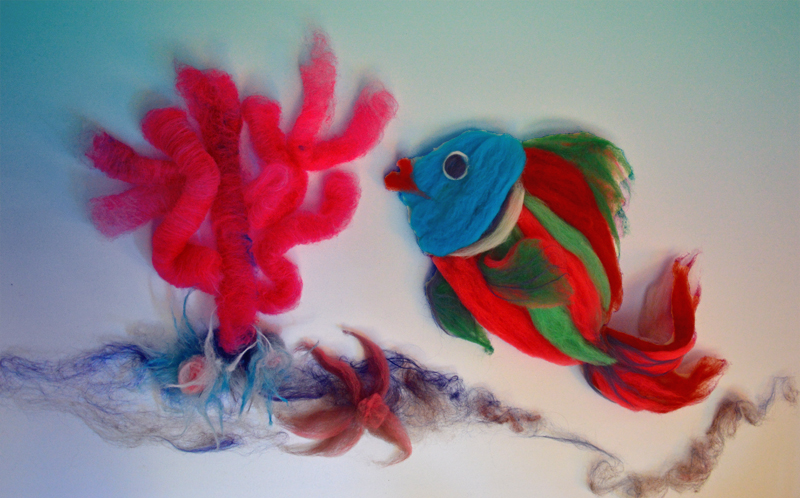
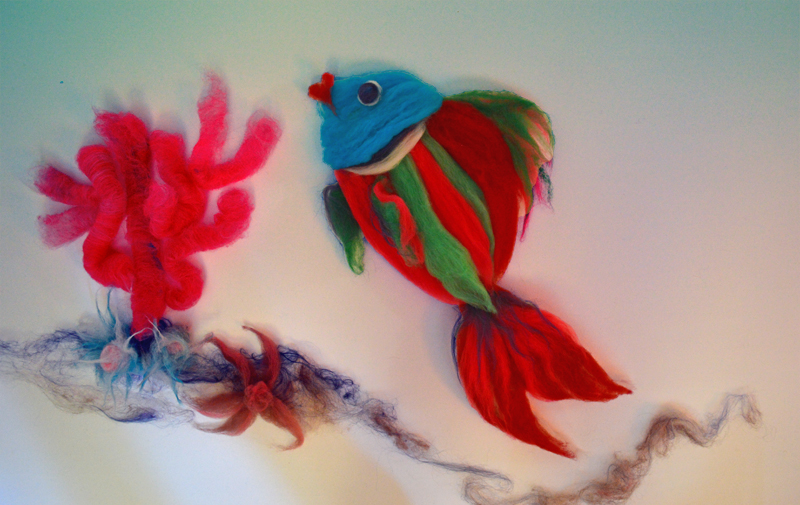
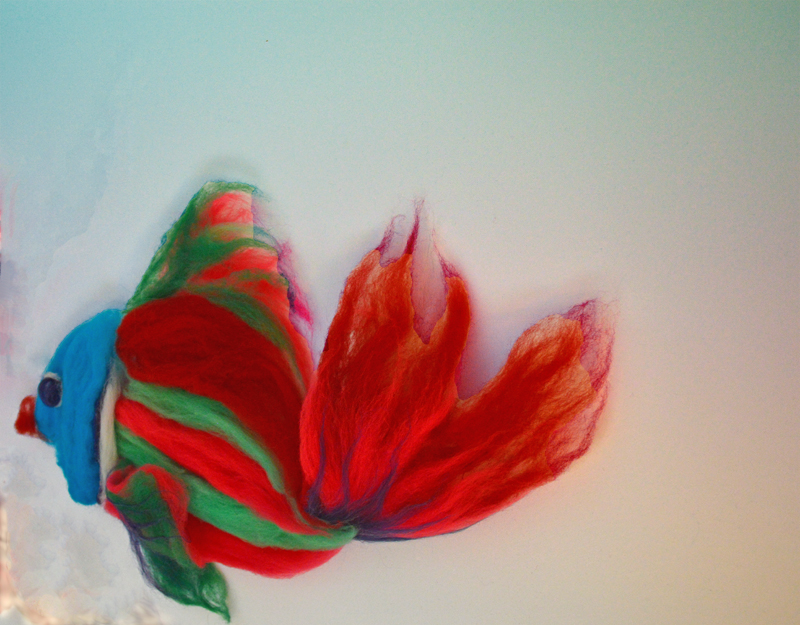
 “Ringing in 2019!” by Allyson and Kristin Metcalf
“Ringing in 2019!” by Allyson and Kristin Metcalf It is possible to get too caught up in the final goal – enjoy the journey and make something for the sake of making it!
It is possible to get too caught up in the final goal – enjoy the journey and make something for the sake of making it! Wool Kitty is ready for a nap on the Dressmakers cardboard!
Wool Kitty is ready for a nap on the Dressmakers cardboard!



















 Working title: “Firescale”, single ply yarn spun on a low whorl drop spindle
Working title: “Firescale”, single ply yarn spun on a low whorl drop spindle
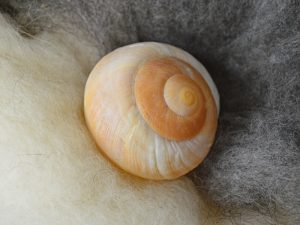

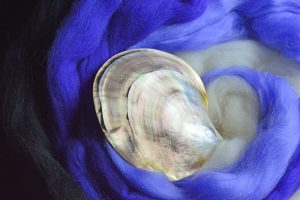
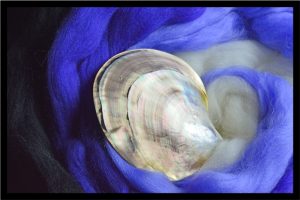
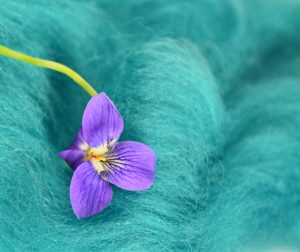

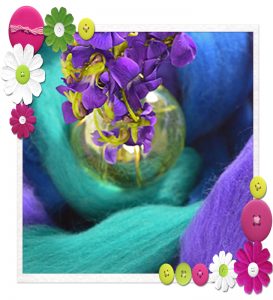 Shall we call this “discomfort zone”?!!!
Shall we call this “discomfort zone”?!!!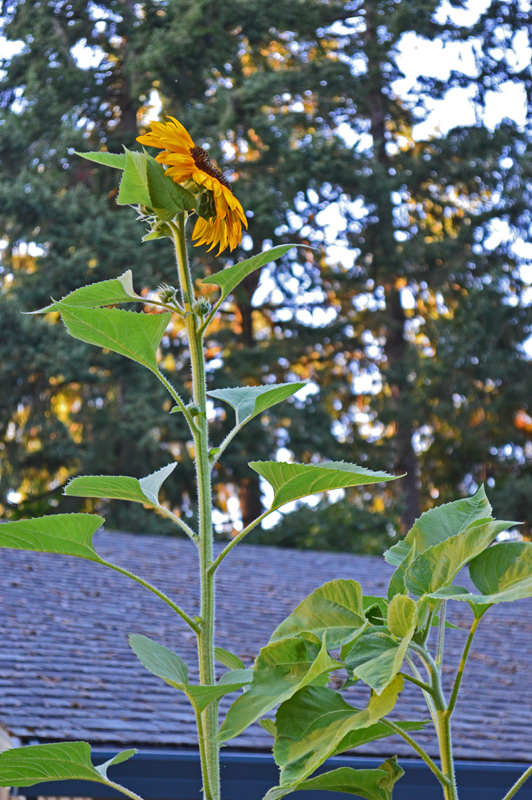
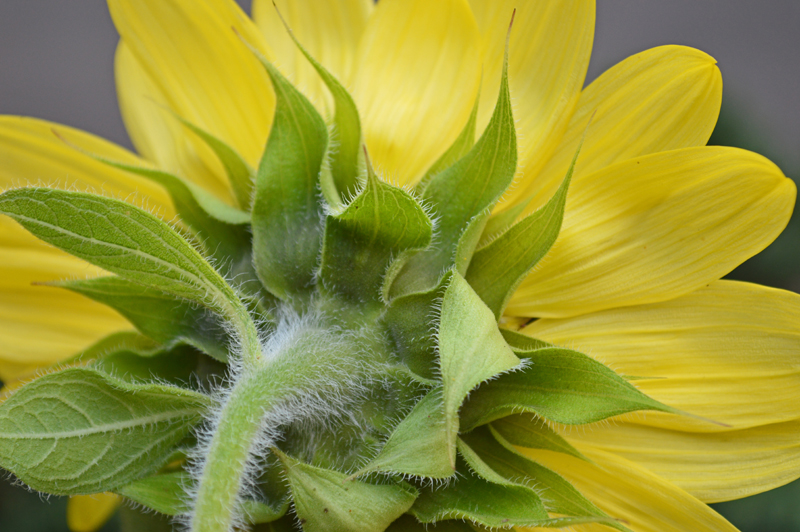
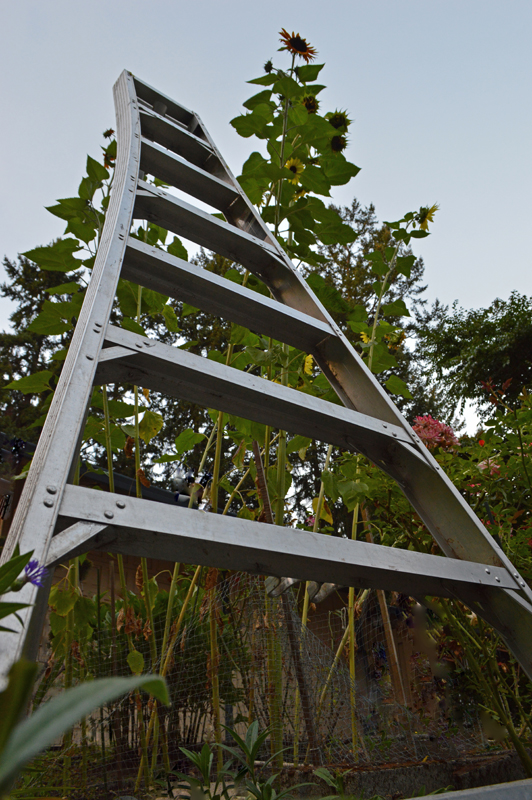
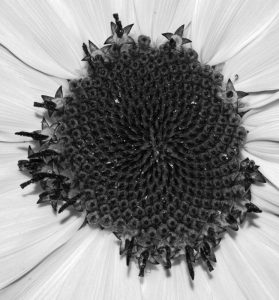
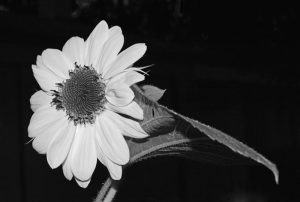
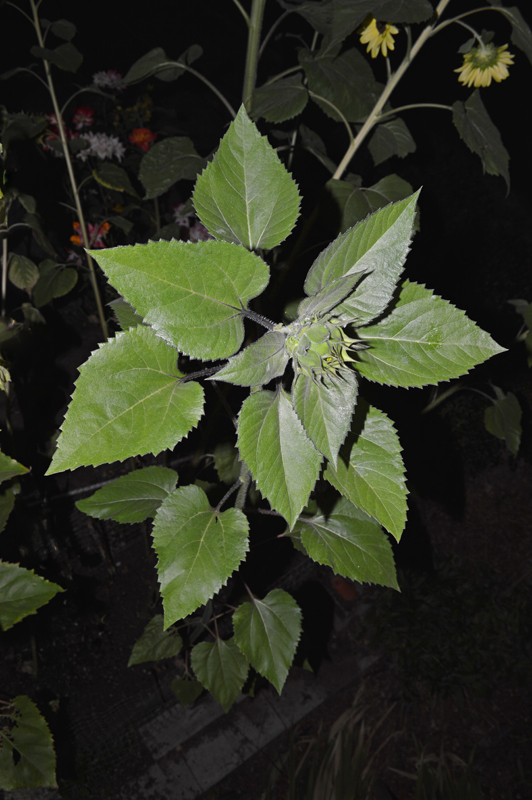
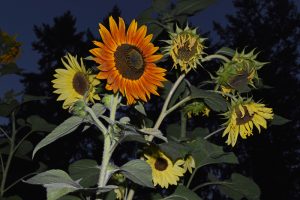
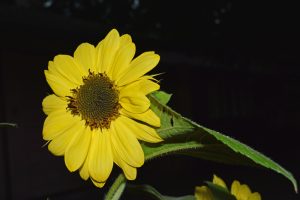
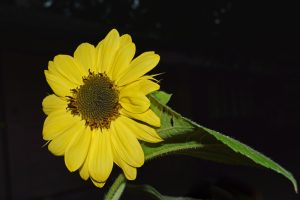
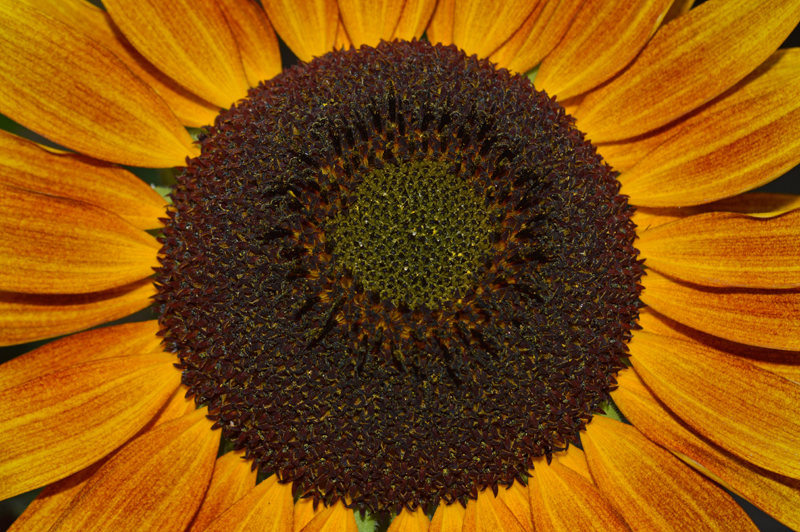
 “Photoshop vs. Nature: Smack-down in the Garden!” . . . catchy right? This was our Tale’s first title.
“Photoshop vs. Nature: Smack-down in the Garden!” . . . catchy right? This was our Tale’s first title.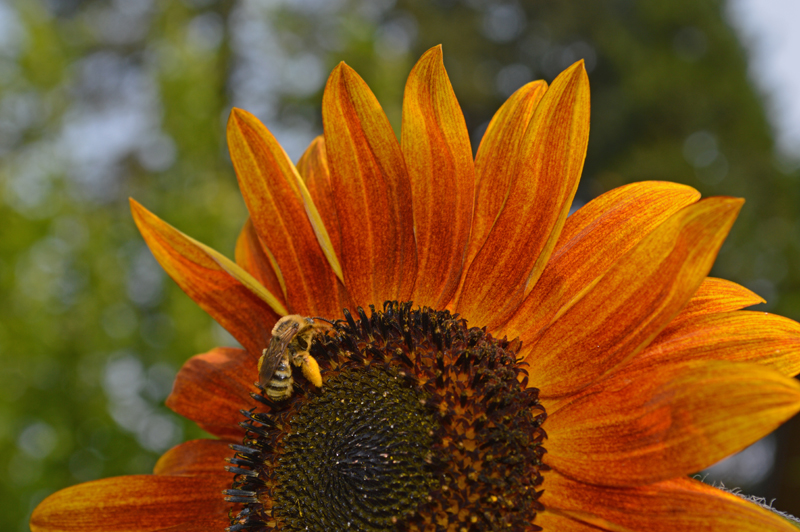
 B. Brush, color replace
B. Brush, color replace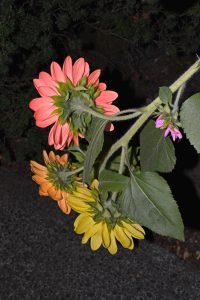 C. Adjust hue/saturation
C. Adjust hue/saturation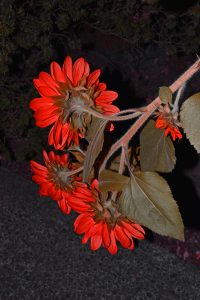 D. Paintbucket
D. Paintbucket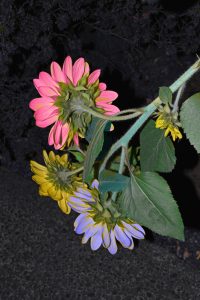
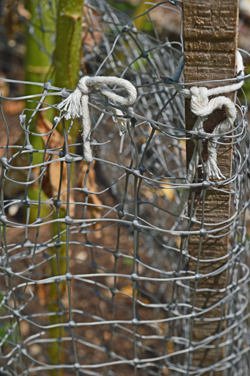
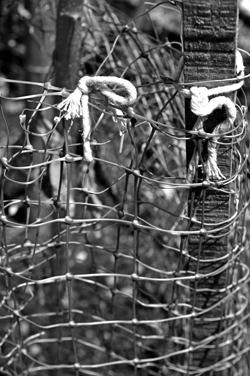
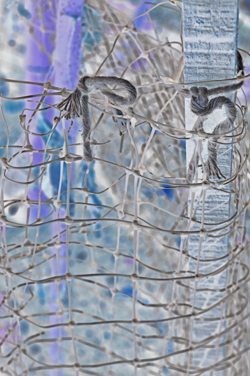
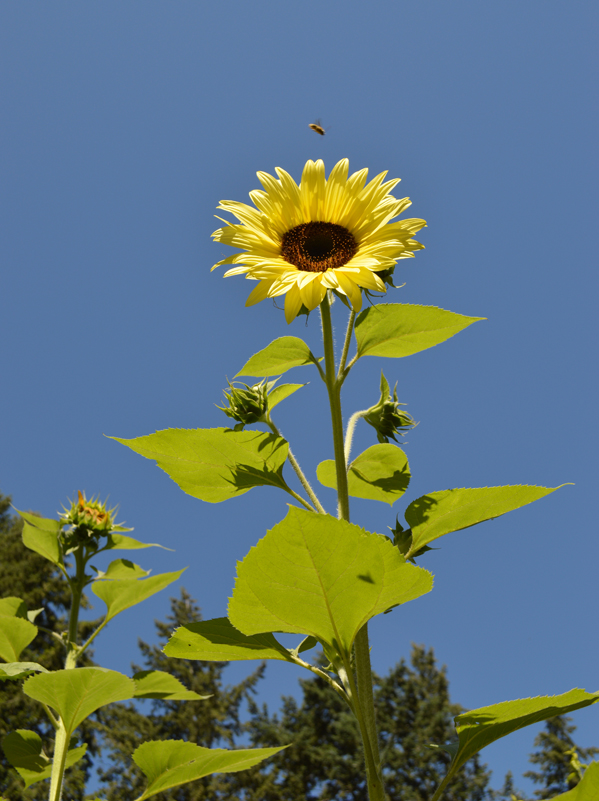
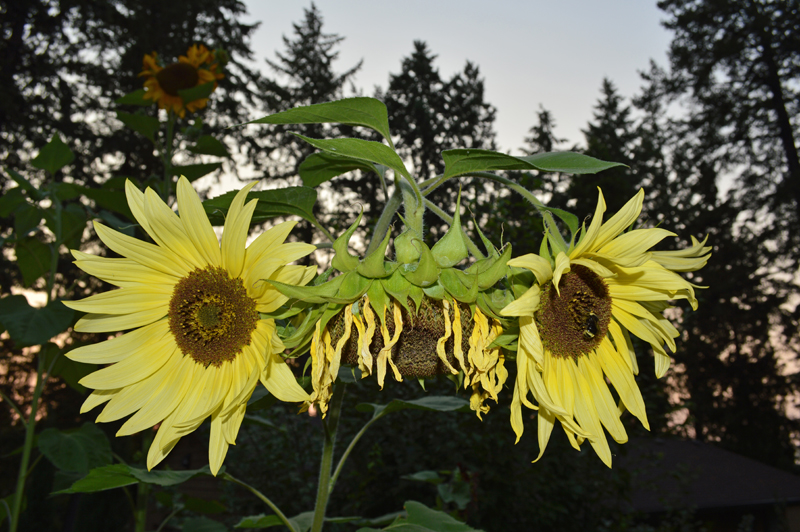
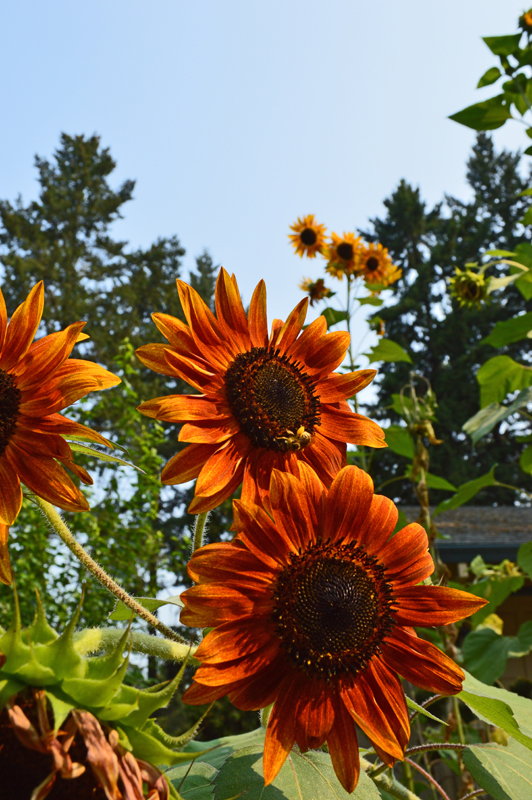

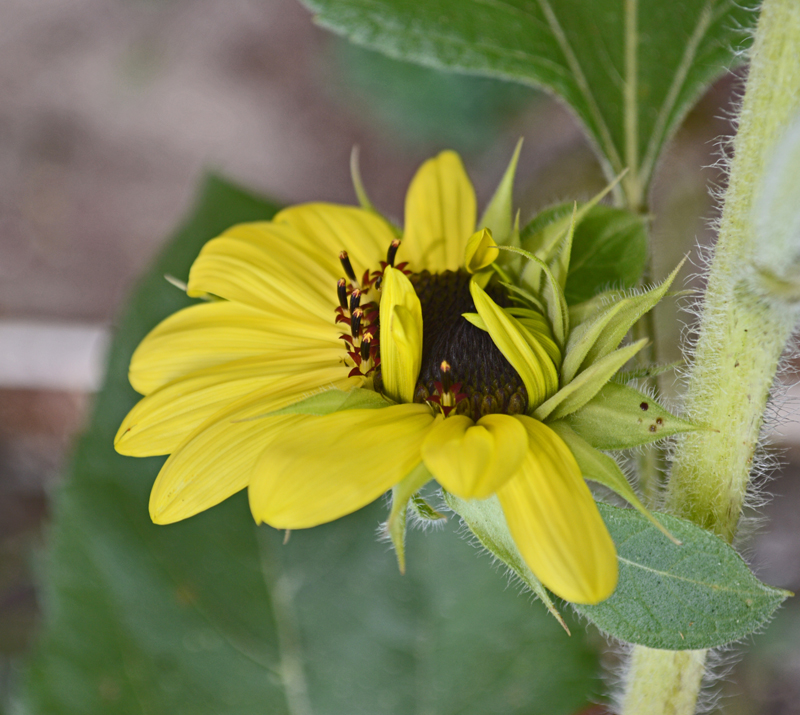
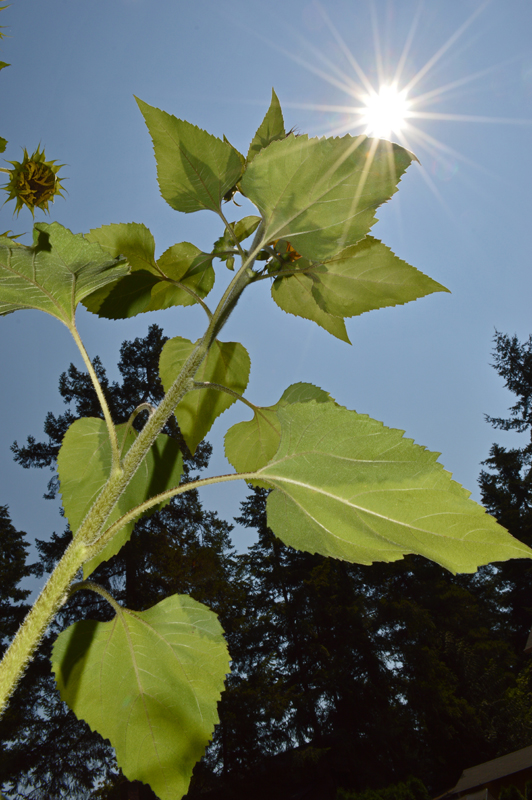
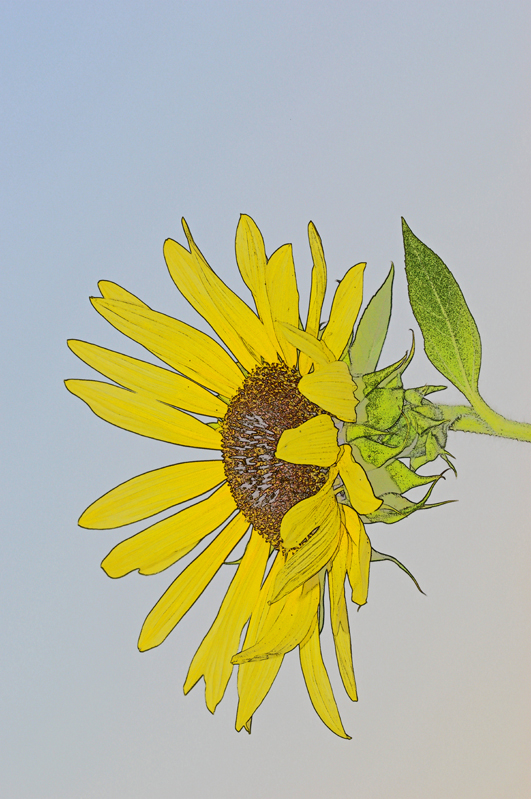
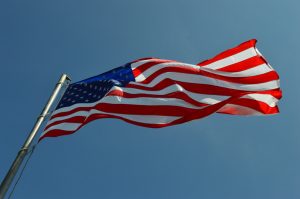
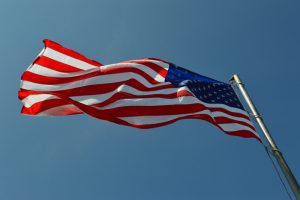
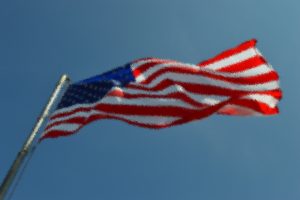
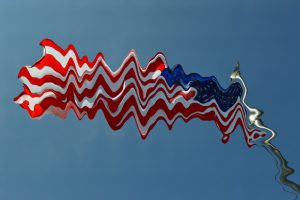
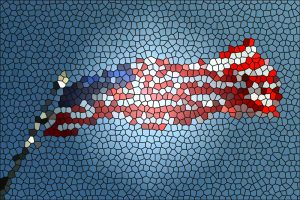 (Filter, Texture, Stained Glass)
(Filter, Texture, Stained Glass)
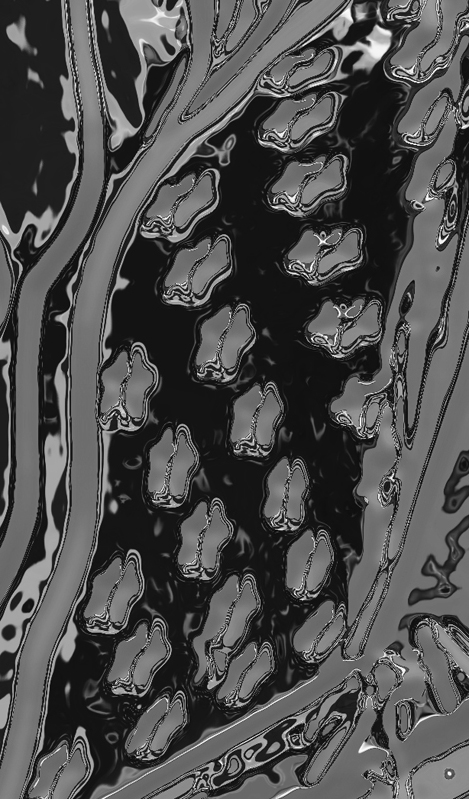 “Star-Spangled Abstract” (Enlarged, Cropped, Rotated part of Chrome filtered version above)
“Star-Spangled Abstract” (Enlarged, Cropped, Rotated part of Chrome filtered version above)
